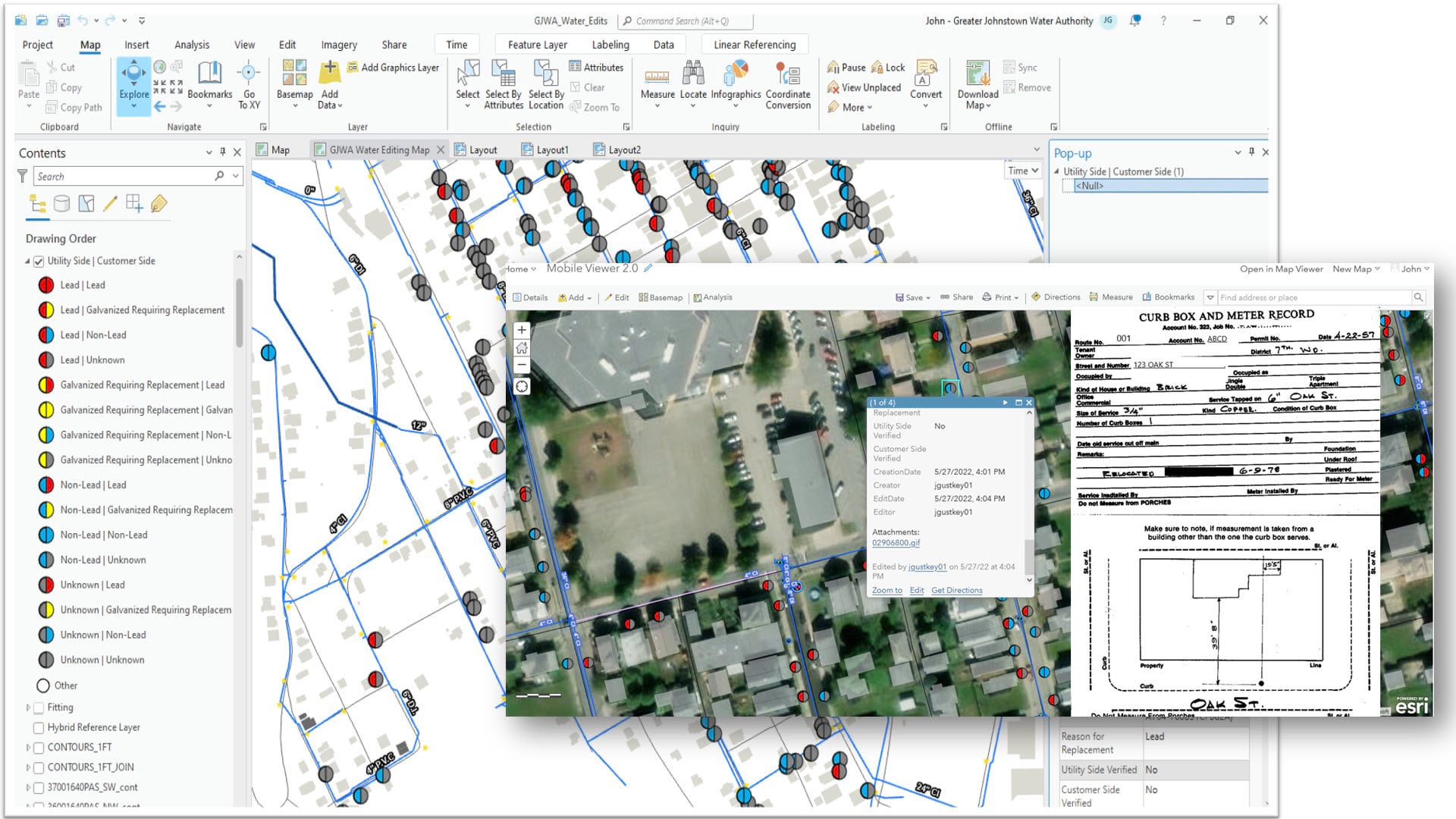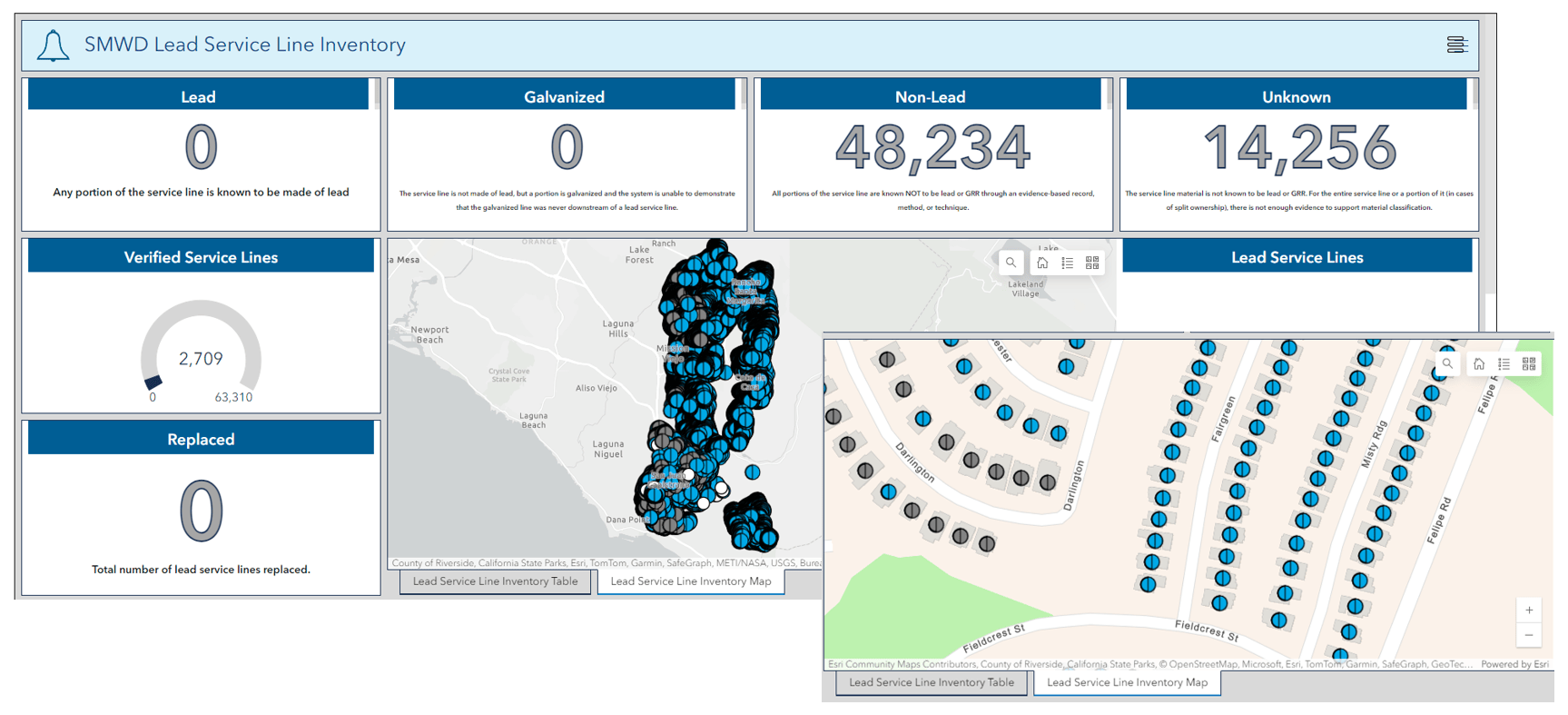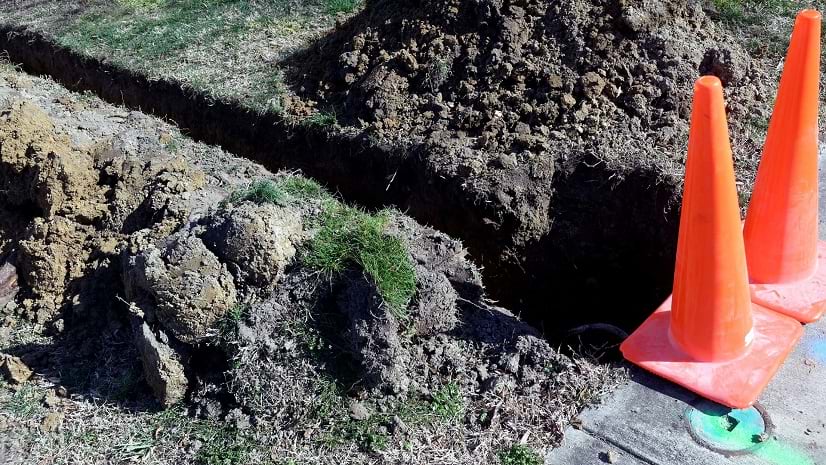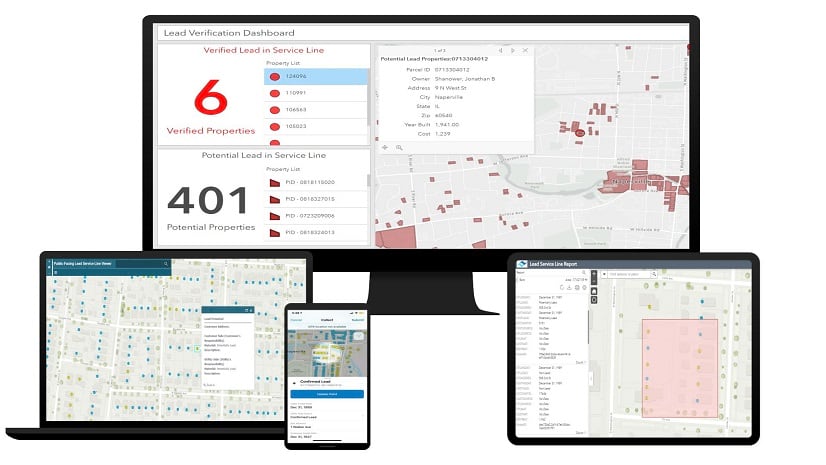In November of 2023, the United States Environmental Protection Agency (USEPA) released proposed improvements to the Lead and Copper Rule. These improvements are intended to strengthen the Lead and Copper Rule Revisions (LCRR), adding substantial requirements for water systems.
What’s Being Proposed?
The USEPA is proposing revisions to the National Primary Drinking Water Regulation for lead and copper under the authority of the Safe Drinking Water Act. These proposed Lead and Copper Rule Improvements (LCRI) build on the 2021 LCRR and the original 1991 Lead and Copper Rule (LCR). Feedback gathered during stakeholder and public review of the LCRR was used to shape the proposed LCRI. The proposed rule includes significant changes that will have a massive impact on water system resources.
The proposed LCRI are described in a 213-page document provided by the USEPA (National Primary Drinking Water Regulations for Lead and Copper: Improvements). The General Information section of this document identifies six key revisions.
The USEPA is Proposing:
Mandatory Full-Service Line Replacement
Water systems would be required to replace lead service lines and galvanized service lines that are downstream, or at one time were downstream, of a lead service line or a service line of unknown material. Service line replacements would need to be completed within 10 years. Lead connectors would also need to be replaced.
The mandatory service line replacement would include small system compliance, regardless of their 90th percentile lead level. In addition, the community water systems flexibility threshold would change to those serving 3,300 or fewer people.
Development of a Service Line Replacement Plan
Any water provider that has unknown service line material or has identified lead service lines and galvanized requiring replacement service lines within their system must prepare a service line replacement plan. The plan must ensure that lead is replaced within the 10-year timeframe and that the replacements are done equitably.
A Lower Lead Action Level
The proposed LCRI would lower the lead action level from 0.015 mg/L to 0.010 mg/L. The lower action level will increase corrosion control efforts and extend public education. Systems that exceed the lead action level three or more times in a five-year period would be required to take additional actions to provide public education and make filters available to those impacted.
Updated Tap Sampling Protocol
The tap sampling protocol proposed in the LCRI changes how water systems calculate their 90th percentile where lead service lines are identified. Water systems would be required to use the higher value of the first or fifth liter.
Water Quality Parameters for Medium Systems
States are being asked to set optimal water quality parameters for systems with corrosion control. Systems serving between 10,000 and 50,000 people will be required to demonstrate that they are maintaining optimal corrosion control treatment. If a system is triggered into corrosion control treatment and can replace all lead in the system within five years, the treatment or re-optimized treatment can be deferred.
Updated Public Education Requirements
The EPA is proposing new public education requirements for lead and copper. Water systems will need to create more proactive messaging and increase educational content. The goal of these changes is to better inform the public about the impacts of lead in drinking water.
How Are Water Systems Preparing?
Water service providers have been working to meet the Lead and Copper Rule Revisions deadline of October 2024. This work is preparing them for what is to come.
The LCRR include the following:
- Using science-based testing protocols to find more sources of lead in drinking water
- Establishing a trigger level to jump-start mitigation earlier and in more communities
- Driving more and complete lead service line replacements
- For the first time, requiring testing in schools and childcare facilities
- Requiring water systems to identify and make public the locations of lead service lines
Water service providers are building their service line inventory, identifying where lead has been found, and creating a replacement plan. In some cases, utilities have already completed lead service line replacement. Doing this work, in addition to ensuring the delivery of safe drinking water, has been challenging.
Many utilities have implemented new technology, grown existing technology, and partnered with industry experts to help them meet the LCRR 2024 deadline. Although we are not sure what will be included in the final LCRI, the water industry is actively preparing.
Greater Johnstown Water Autority
Greater Johnstown Water Authority (GJWA) implemented user-friendly, easy-to-use applications to support the creation of a service line inventory. Staff are using mobile applications to view a system map, access tap card information, and collect or confirm data. This has enabled GJWA to improve communications with contractors and quickly identify pipe material as locator services are completed. Web maps are being used for a multitude of water authority tasks, from improved asset locating, customer support, and project and budget planning to coordinating projects with other entities to reduce restoration costs and inconveniences to the public. Dashboards are being used to help manage verification of service line materials. Modern, web-based mapping technology has enabled GJWA to quickly prepare to meet regulatory requirements while also improving workflow efficiency and saving money.

Santa Margarita Water District
Santa Margarita Water District deployed Esri’s Lead Service Line Inventory solution from ArcGIS Solutions, which provided a comprehensive array of capabilities, including the establishment of a service line inventory database, integration with various data sources, development of field applications for data collection, creation of progress monitoring dashboards, and formulation of templates for public-facing resources. Staff was able to not only fulfill Lead and Copper Rule inspection obligations, but also gather and validate service line data and meter asset information for its internal data integrity initiatives.
The utilization of the Esri solution ensured that this project not only met regulatory standards, but showed the transformative impact of leveraging advanced GIS technology for complex challenges.

Ready to Face the Future
The work being done by utilities across the nation is preparing them for what’s to come. We don’t know exactly what will be included in the final LCRI, but the proposed improvements give us a place to start. Utilities with authoritative information about their systems assets, the ability to analyze and understand this information, and solutions in place to support the work that needs to be done are going to successfully navigate improvements to the Lead and Copper Rule.



Article Discussion: